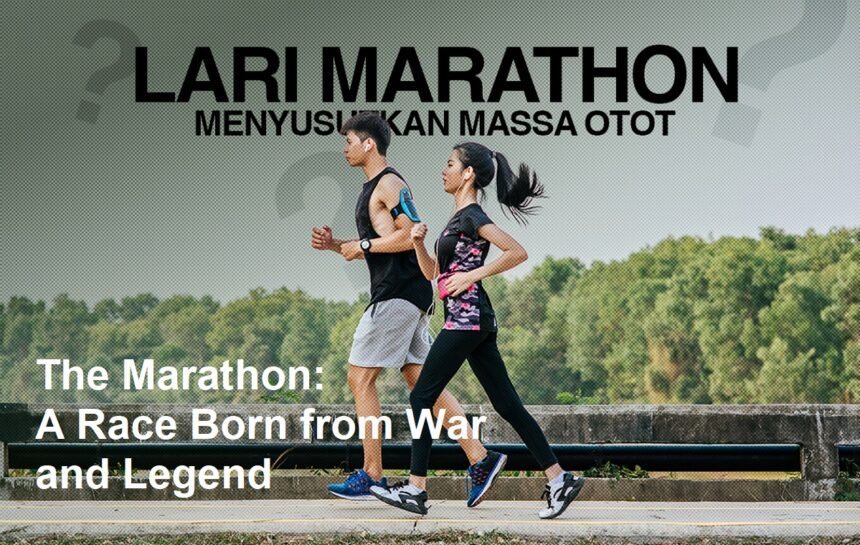The marathon, a grueling 26.2-mile race, is a testament to human endurance, rooted in ancient history and myth. Its origins trace back to 490 BCE, to the Battle of Marathon—a pivotal clash between the Athenian army and Persian invaders that shaped Western civilization. This legendary race, however, is as much about historical fact as it is about enduring folklore.
The Battle of Marathon
In 490 BCE, the Persian Empire, under King Darius I, sought to expand its dominion into Greece. A formidable force landed at the Bay of Marathon, approximately 25 miles northeast of Athens. The outnumbered Athenians, joined by a small contingent from Plataea, faced overwhelming odds. Against expectations, the Greek phalanx executed a tactical masterpiece, encircling and crushing the Persian troops. According to Herodotus, 6,400 Persians fell, compared to just 192 Greeks. This victory not only halted Persia’s advance but also bolstered Athenian confidence, paving the way for Greece’s Golden Age.
The Legend of Pheidippides
The marathon’s mythic origin centers on Pheidippides, a hemerodromos (day-long runner) tasked with urgent messages. Herodotus recounts that Pheidippides ran 150 miles from Athens to Sparta in two days to seek aid before the battle—a feat immortalized by the modern Spartathlon race. However, the iconic story of him sprinting from Marathon to Athens to announce victory (“Νενικήκαμεν!”—“We have won!”) before collapsing dead emerges centuries later in Plutarch’s writings. While historians debate this account, the tale captured the Romantic imagination, symbolizing sacrifice and duty.
Revival in the Modern Olympics
The marathon was revived during the 1896 Athens Olympics, orchestrated by Pierre de Coubertin to celebrate ancient Greek ideals. French linguist Michel Bréal proposed a race tracing Pheidippides’ fabled run, and Greek water carrier Spyridon Louis triumphed, covering approximately 40 km (24.85 miles) in 2:58:50. His victory sparked national pride, embedding the marathon as a centerpiece of the Games.
Standardizing the Distance
The marathon’s length fluctuated until the 1908 London Olympics. To accommodate the British royal family’s request to start at Windsor Castle and finish at the White City Stadium, organizers extended the race to 26.2 miles (42.195 km). This distance became official in 1921, blending historical homage with modern spectacle.
Cultural Legacy and Evolution
From its Olympic rebirth, the marathon evolved into a global phenomenon. The Boston Marathon, established in 1897, stands as the world’s oldest annual marathon, while events like New York and Berlin attract tens of thousands. Women, initially excluded, forged their path: Kathrine Switzer famously raced Boston in 1967 despite officials’ resistance, and the women’s Olympic marathon debuted in 1984, won by Joan Benoit.
The marathon also became a stage for human triumph. Ethiopian Abebe Bikila’s barefoot win in Rome (1960) and Eliud Kipchoge’s sub-two-hour unofficial marathon (2019) exemplify its enduring allure. Beyond athletics, marathons symbolize resilience, charity, and community, with millions participating worldwide.
Conclusion
The marathon bridges ancient heroism and modern aspiration. Born from war and myth, it honors the Athenian victory at Marathon and the legendary Pheidippides, while adapting to contemporary ideals of perseverance and inclusivity. Each race echoes a 2,500-year-old legacy, reminding us that even in exhaustion, the human spirit endures. Whether as Olympic glory or personal challenge, the marathon remains a powerful narrative of history, struggle, and triumph.












